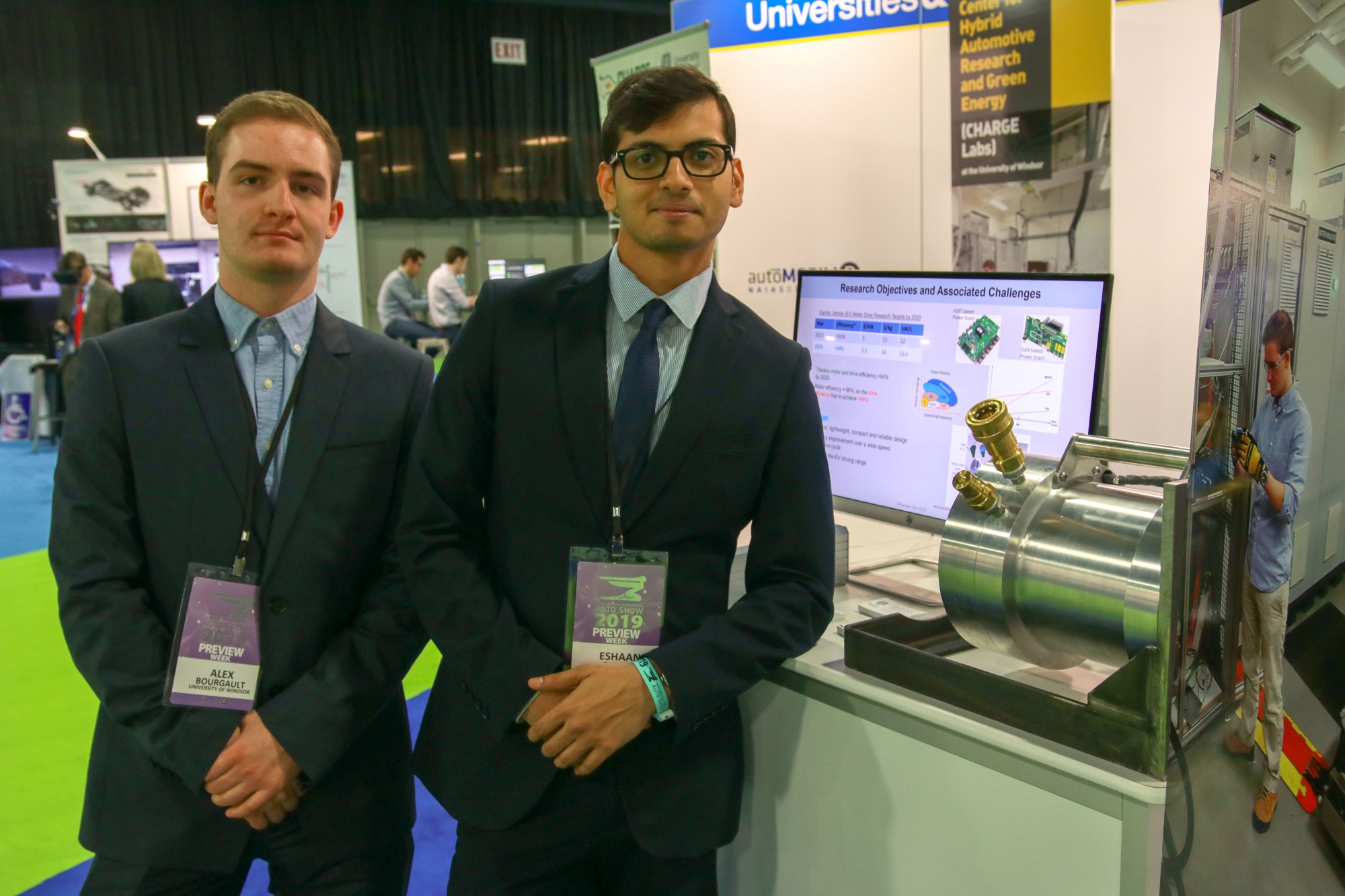
The awards ceremony, held March 7 at Alumni Auditorium in the CAW Student Centre, recognized scholars and researchers university-wide in all stages of their careers.
“Today’s celebration is the sign of a thriving academic community, where people are flourishing in their research, scholarship and creativity, and receiving recognition and support for the extraordinary work they do,” said interim president Douglas Kneale.
“What is so impressive is our collective bench strength in research and scholarship. We have outstanding students, emerging scholars, and established researchers, singular efforts and large collaborative projects, local, provincial, national, and international honours and success across all disciplines.”









